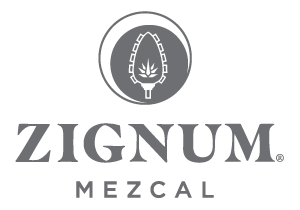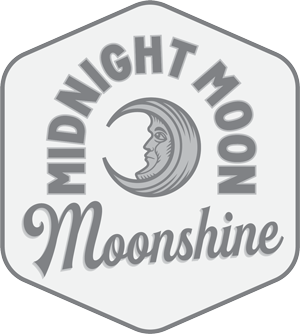New Hampshire Distillery Makes Whiskey Out of Invasive Crabs
Each bottle uses about one pound of green crabs
:focal(750x564:751x565)/https://tf-cmsv2-smithsonianmag-media.s3.amazonaws.com/filer_public/23/3e/233e8bbb-87c7-43c6-94cd-53dd2ce33406/measuring_egc-usfws.jpg)
If you can’t beat them, eat them! Or in this case, drink them?
A distillery in New Hampshire is fighting the East Coast’s invasive green crabs by turning them into “Crab Trapper,” a crab-flavored whiskey.
“People are going to hear crab whiskey, and I’d venture to say three-quarters of them are going to go, ‘No, absolutely not,'” Will Robinson, the product developer at Tamworth Distilling, tells NPR’s Kai McNamee. “But if you can get them to taste it, they totally change their tune for the most part.”
Crab Trapper whiskey starts with crab stock that’s then distilled using a vacuum still, per NPR. Spices like mustard seed, coriander and cinnamon are mixed in and combined with a bourbon base. The result is a “a briny and better Fireball,” Steven Grasse, owner of Tamworth Distilling, tells Food & Wine’s Mike Pomranz. Each bottle uses about a pound of crabs.
The European green crab, Carcinas maenas, arrived on the East Coast of the U.S. about 200 years ago in ballast water aboard ships from Europe. The crabs spread across the coast, establishing themselves from the Mid-Atlantic to Prince Edward Island and Newfoundland. These critters are vicious, annihilating any creature that dares cross their path—including each other. They’re also incredibly hardy; they can live in a wide range of temperatures and salinities, survive out of the water for long periods of time and produce an abundance of offspring.
“They are probably one of the most successful invasive species that we have in North America, at least in the marine world,” Gabriela Bradt, a marine biologist and fisheries specialist at the University of New Hampshire, tells NPR. “They can eat about 40 mussels a day, just one crab. And so you multiply that by a bazillion, and you have no more clams.”
/https://tf-cmsv2-smithsonianmag-media.s3.amazonaws.com/filer_public/06/48/0648f88d-d56f-494e-9fd2-382fd33dca8f/crab_trapper_aita_web411-e1656431583765.jpg)
Previously, cold winters in New England have kept numbers of green crabs down, but the population has exploded in the last ten to 15 years as temperatures have risen, she tells Delish’s Allison Arnold.
Across the Atlantic, green crabs are popular in Venetian restaurants, though the uptake in New England has been slower. But inspired by the success in Europe, the University of New Hampshire’s NH Green Crab Project is exploring establishing a similar fishery and market demand in the U.S. as a possible solution.
“Currently, there is no strategy in place to control the populations of green crabs, and there is no real commercial market or fishery for these invaders,” Robinson tells Food & Wine. “Green crabs are edible, although they are notoriously low yield, providing significant challenges to being used in traditional culinary creations.”
Tamworth Distilling has experimented with unusual flavors in the past. Last year, the distillery created a roasted turkey-flavored whiskey. The company has also produced “Eau de Musc,” using the oil extract from the castor gland of the North American beaver to flavor the whiskey.
“Sustainability and the wilderness surrounding our facility in Tamworth, New Hampshire, is a major source of inspiration for all new products. The unexpected results of these wild experiments are why we love using local flora and fauna as ingredients in our spirits,” Grasse tells Food & Wine. “Totally unexpectedly crab and whiskey do in fact go together — but who knew the unique flavor combination would create an all-natural and sustainable riff on Fireball? We certainly didn’t!”
































